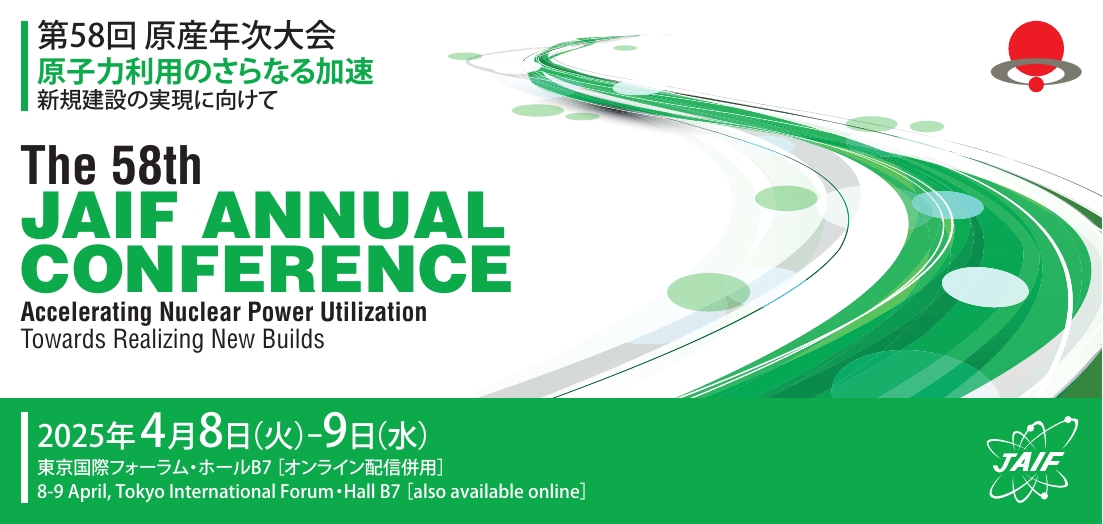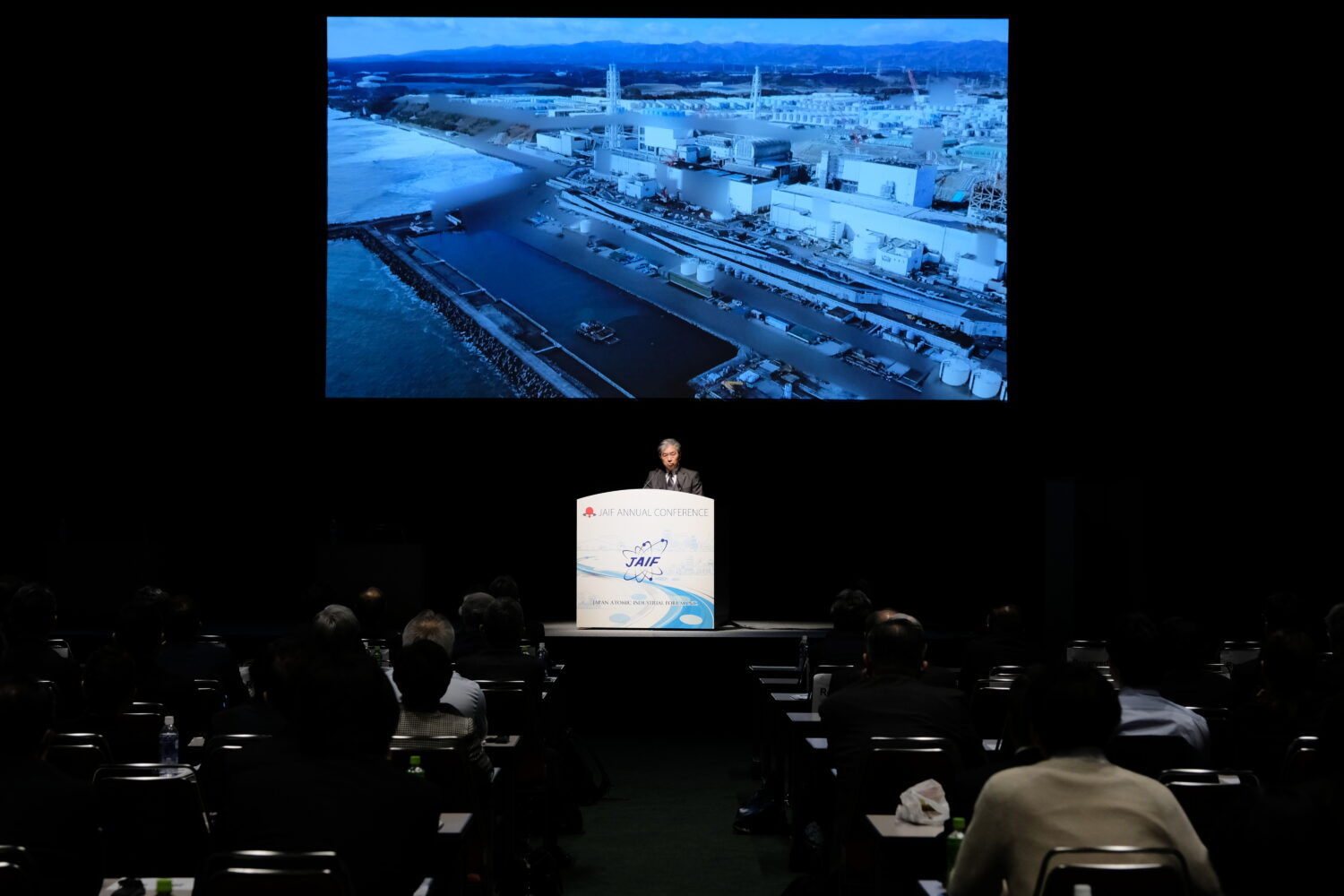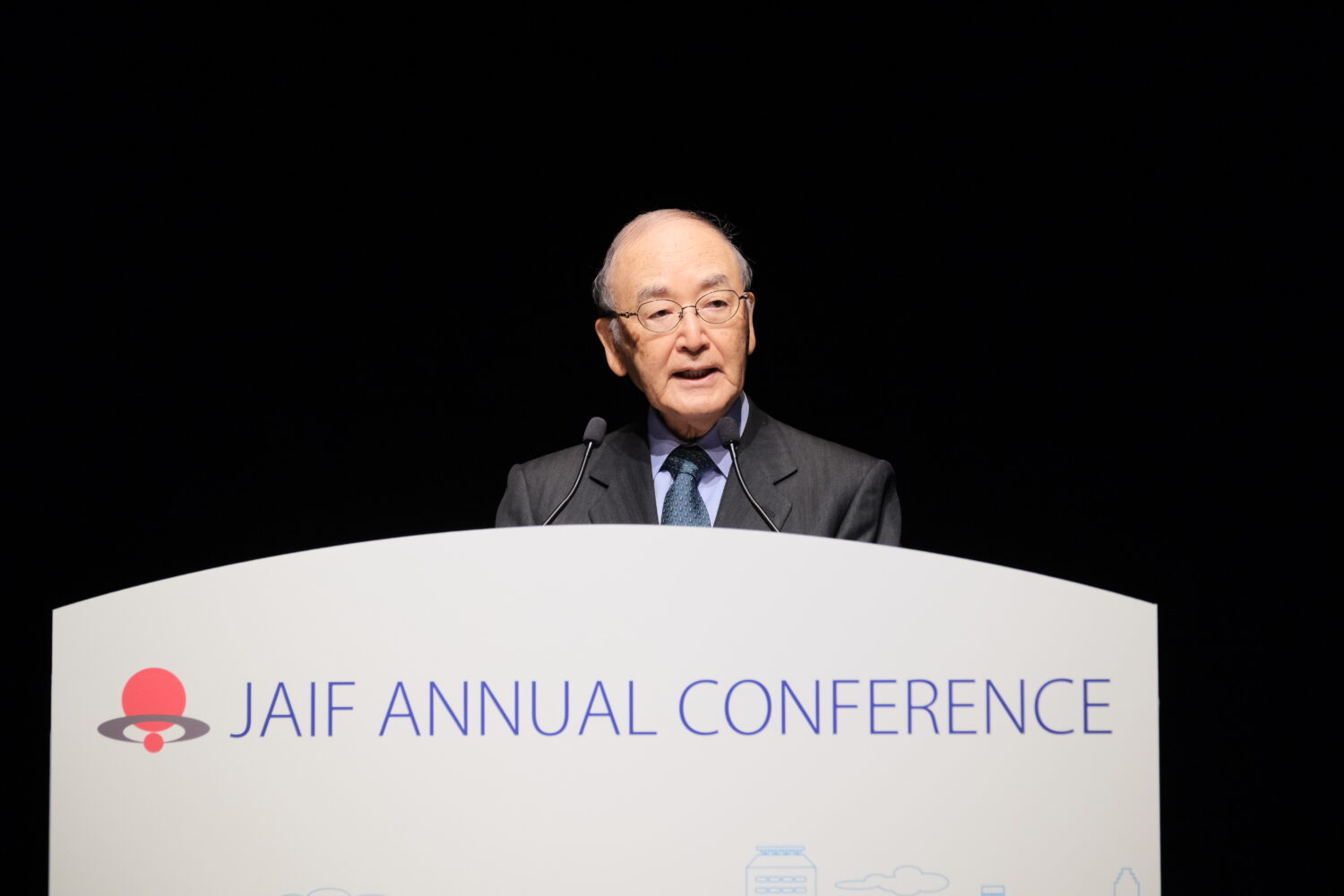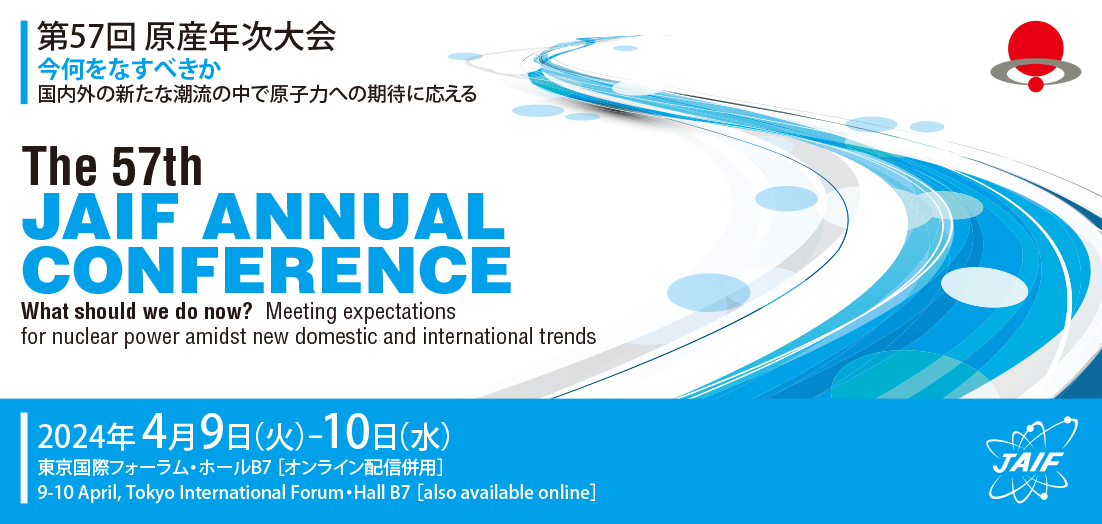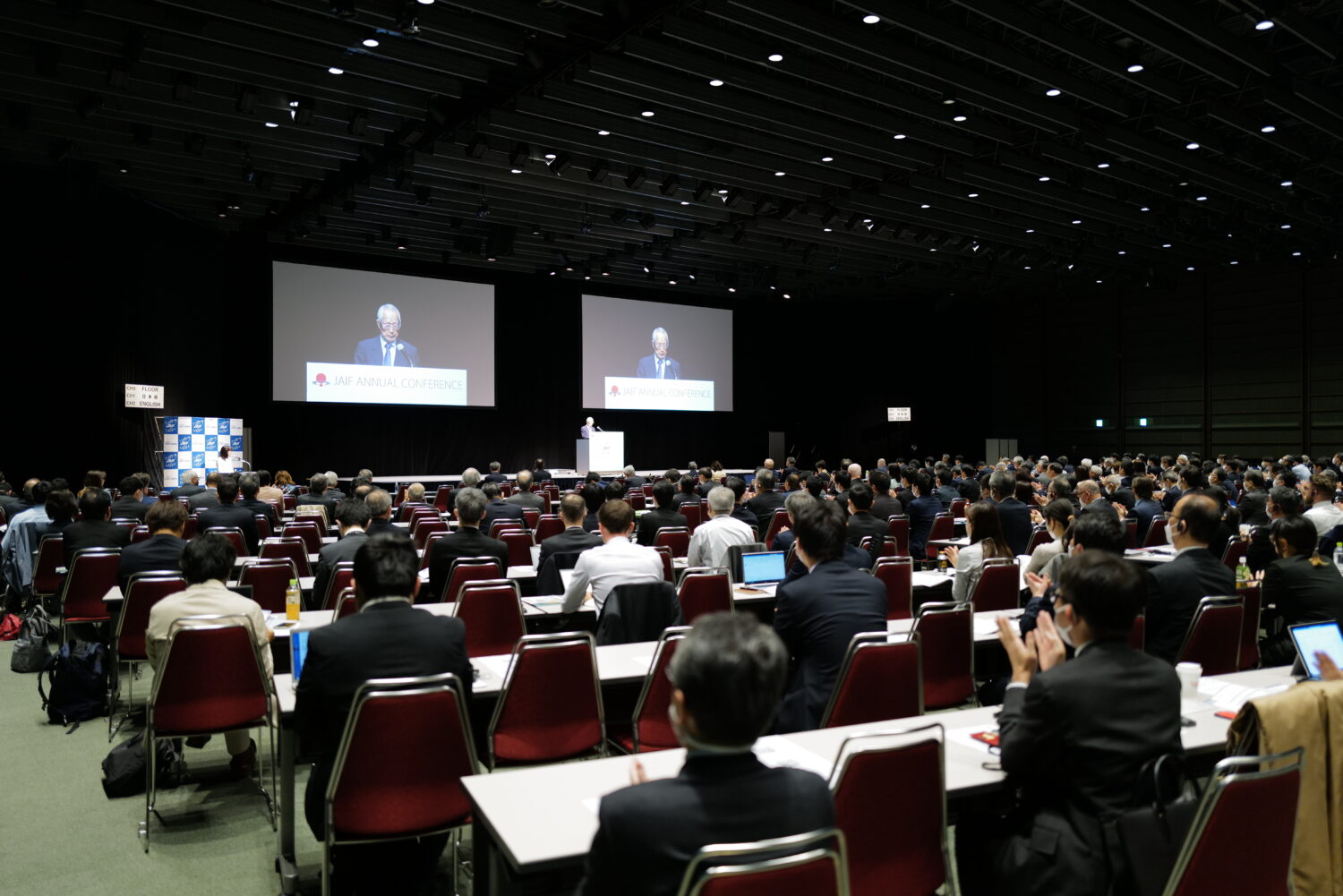Dr. Tsubokura is a hematologist formerly based in Tokyo. Since the giant earthquake of March 2011, he has worked to assist people in the affected areas. Going back and forth between the Soma Central Hospital and the Minamisoma Municipal General Hospital, he evaluates internal radiation exposure using whole-body counters, while also conducting explanatory meetings for residents about radiation effects, and more, all in addition to his regular clinical practice.
In the presentation, Dr. Tsubokura used a timeline to organize the health problems residents have faced in the 12 years since the disaster. Referring particularly to a sharp increase in mortality among the elderly, he noted that 25% of those who entered any of five elderly care facilities in Minamisoma City after evacuation then passed away within three months. He called that statistic “dreadful.”
As major factors, he gave examples of mental health problems and issues for local communities resulting from relocations to temporary housing, increased life-style diseases, lack of access to regular doctors, fewer cancer examinations, and so forth. As a health professional, he emphasized that disaster-related deaths while living as evacuees should not be overlooked.
Describing the several years immediately after the disaster, Dr. Tsubokura referred to the changing societal environment, including differences in care services available in different regions, various prejudices, rumors, and so on. He stressed that it is generally important to see health problems as arising as much from society and the surrounding environment, rather than solely as consequences of one’s intentions or acts.
Regarding the health effects of radiation exposure due to the accident at the Fukushima Daiichi, he stated, “It cannot be said that there are no risks. But when looking at health problems overall, the effects of surrounding factors are dramatically greater, and radiation exposure cannot be taken as the central cause.”
He pointed out that affected residents have tended to recover and relapse in a zig-zag manner. He explained that by noting that evacuees’ environments change repeatedly, every six to twelve months. He expressed concern—after the lifting of evacuation orders, due to the current administrative support system—for the “insufficient care available for people who want to return but cannot.”
For the symposium participants, Dr. Tsubokura outlined the effects of radiation effects on health and explained the Fukushima Health Management Survey. He regularly visits local schools to lecture on radiation to teachers and students as part of efforts to inform next-generation young people. “Every year there are more children who lack awareness of the disaster,” he said, calling it “an issue” that he must begin by telling them “why you should learn this.” He cited the “GuGuRu (Google) Project”—created primarily by younger members of the Ministry of the Environment to disseminate accurate information on radiation—as a step forward on the issue.
Meanwhile, he also introduced the 2020 report released by the United Nations Scientific Committee on the Effects of Atomic Radiation (UNSCEAR) in March 2021 on the effects of the accident at Fukushima Daiichi. He cited its main conclusion, which was: “No health effects in the future are likely to be seen for which exposure to radiation was a direct cause.”
UNSCEAR is an international organization that investigates and evaluates the effects of radiation on people and the environment from a neutral, scientific point of view. Dr. Gillian Hirth, former chair of the organization, visited Japan last summer to deliver the report in person to the Japanese government. Having been involved in writing the report, she reiterated that “the main conclusion of the report is solid and will not substantially change in the foreseeable future.”




